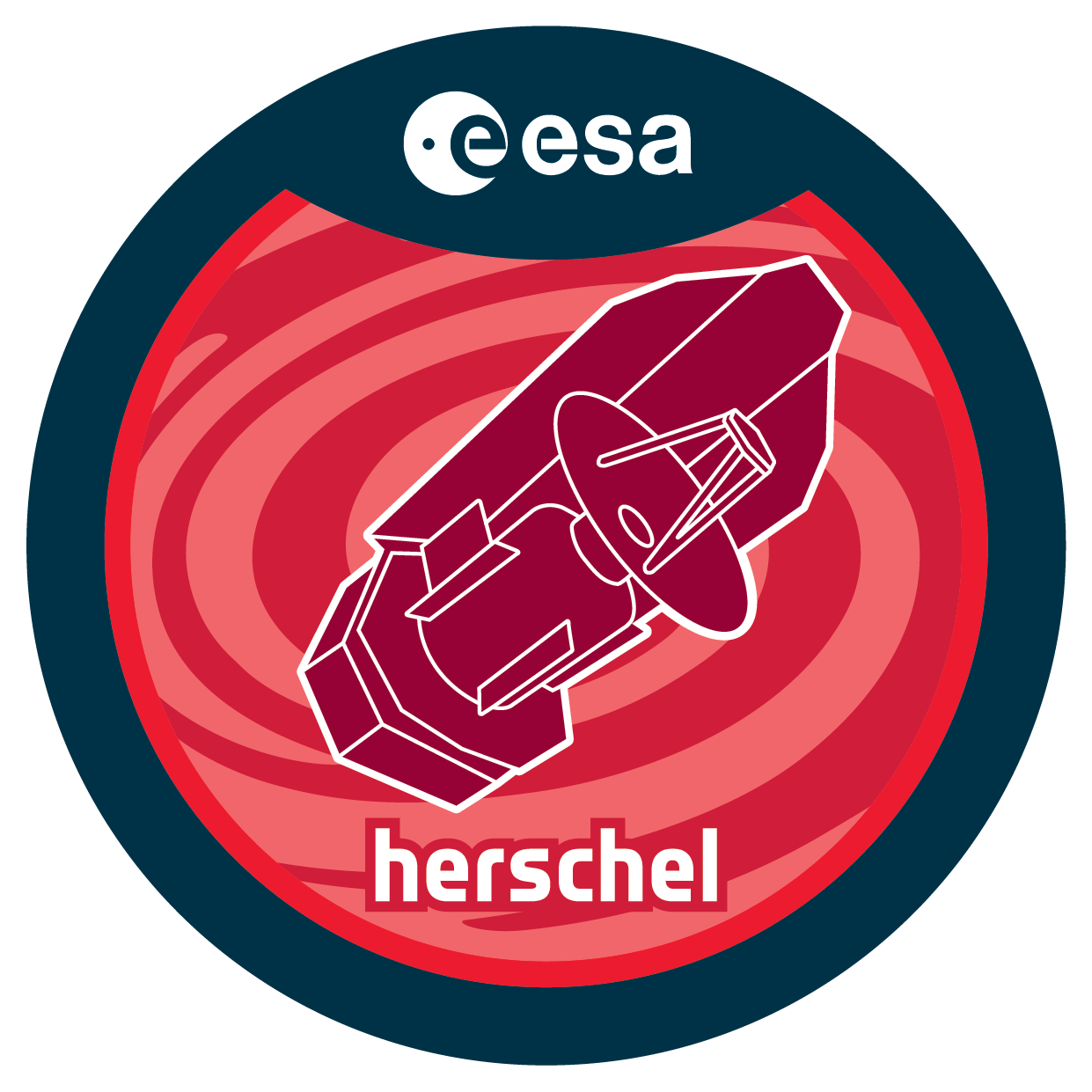| Description |
There is much controversy concerning the ionized nebula that producesthe radio through FIR emission from symbiotic stars. The goal of theproposed Herschel observations is to test two popular models for thisemission; whether it is produced by a wind from the red giant that isphotoionized by Lyman continuum photons from the hot WD (STB) or itcomes from plasma that is shock heated as the winds from the two starscollide by constraining the submm SED and measuring the free-freeturnover frequency of the ionised component. These two models predictdistinctly different shapes for the submm portion of the SED anddifferent dependence of the turnover frequency on binary separation.Thus, submm photometry of a diverse sample of symbiotic stars withknow binary parameters that only Herschel can perform is an ideal wayto quantitatively test and discriminate between these models (as wellas motivate new ones). In terms of astrophysical significance,determining the origin of the radio-through-FIR emission fromsymbiotic stars has implications for the nature and geometry of masstransfer in wide binaries, mass loss from accreting compact objects,the shaping of asymmetric nebulae around binary stars (includingbinary planetary nebulae), and the likelihood that symbiotic stars canexplode as type Ia supernovae. |

